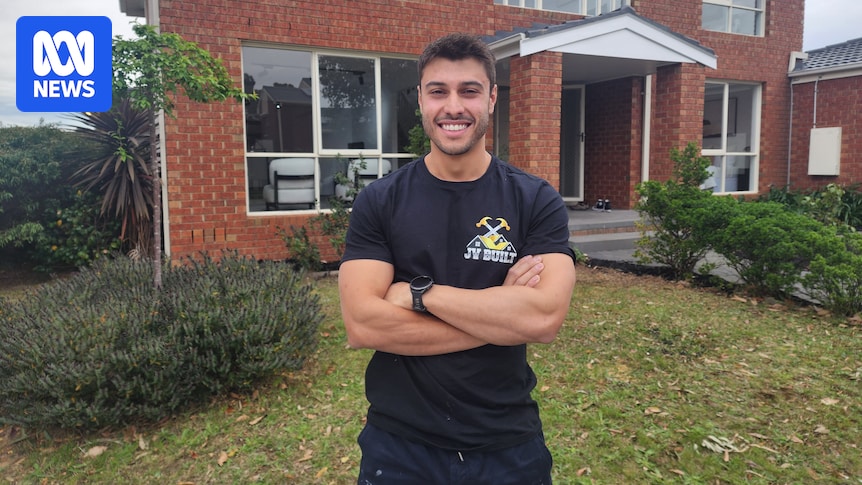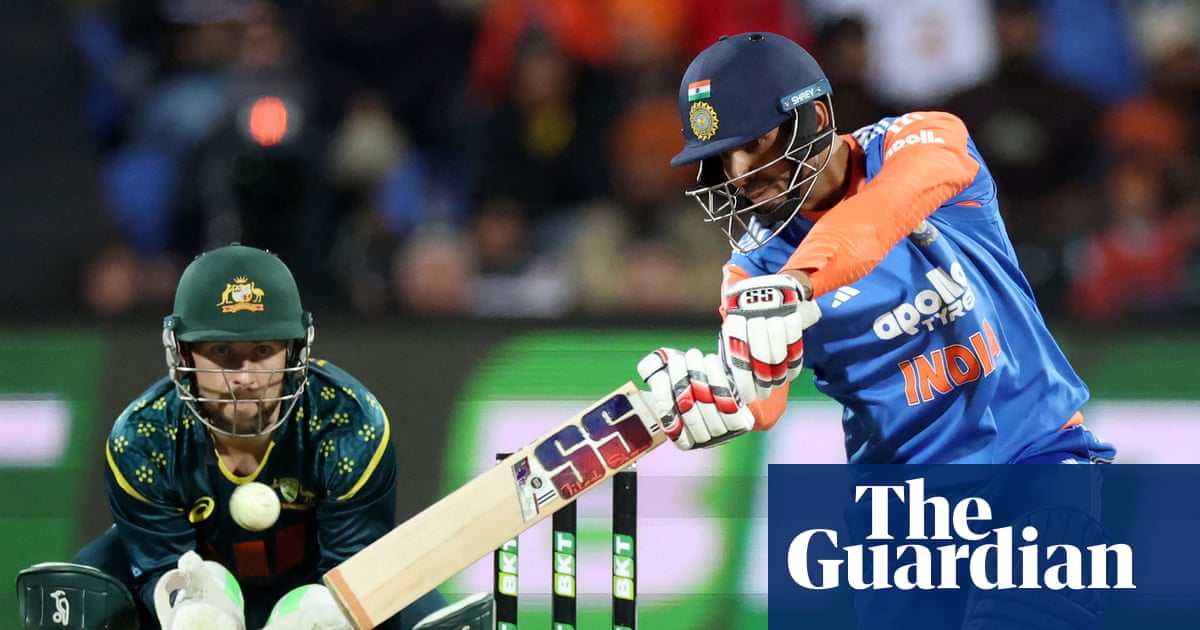Professor Deborah Brennan, one of Australia’s leading social policy researchers, issued this warning to federal senators in 2009 about Australia’s childcare system:
“We really have entered into a vast national experiment with our children in Australia.”
That same year, she published this warning:
“Australia, once regarded by international observers as having an enviable childcare system, has become a case study for other countries in what not to do.”
Those warnings sound different today.
The latest revelations from the ABC’s Adele Ferguson and her team about the sexual abuse of children inside Australia’s childcare centres are horrific.
Australia’s child care paedophile crisis exposed
The true scale of abuse in Australia’s childcare centres has been hidden. Until now.
It’s chilling to hear police and criminologists warn that Australians have no idea about the scale of the infiltration that paedophile networks have made into our $22 billion childcare industry.
In 2009, when Professor Brennan and her colleagues talked about the “vast national experiment” Australia was running on its children, they were talking about the radical shift towards privatised and corporatised childcare that had occurred in Australia since the early 1990s.
But we’re still living with the fallout from decisions taken decades ago.
Let the market decide
During those debates in 2009, Australia was still dealing with the rapid rise, and then sudden collapse, of ABC Learning Centres.
ABC Learning was symbolic of “modern” Australian childcare.
It listed on the stock exchange in 2001 and five years later it had a market capitalisation of $2.6 billion. It had adapted its business model to accommodate the Howard government’s generous Child Care Benefit and pursued an aggressive campaign of expansion.
It became the largest publicly traded childcare provider in the world.
Childcare landlords collect $2.7b a year
New analysis reveals just how lucrative Australia’s childcare real estate market is while parents face perpetual fee hikes.
By 2008, it held 20 to 25 per cent of the long day care market in Australia, providing care to over 100,000 children and employing about 16,000 staff.
That level of market concentration was extreme globally.
But then the company went into liquidation and the fallout was immense. The federal government had to clean up the mess.
In the wake of its collapse, Professor Susan Newberry, an accounting expert, told federal senators that ABC Learning’s business model had become extremely dependent on government policy and funding, which raised a host of issues.
“From the beginning, ABC was a creature of government policy,” she said.
She said when ostensibly “private” companies received so much public funding there ought to be public reporting requirements that allowed the public to see how those businesses were running from the inside.
But that wasn’t what was happening.
“ABC was a public company and did publish financial reports, but the purpose of those financial reports was for investors,” she said.
The mess left for today’s children and Millennial and gen Z parents
That was 16 years ago.
But if you read the transcript of the parliamentary inquiry that was established after ABC Learning’s collapse in 2008, you’ll see multiple experts raising concerns about where they could see Australian policy heading.
Profit comes before safety inside Australia’s childcare centres
For those like me who have been investigating childcare for almost a year now, the news was horrifying but not a surprise.
And their criticisms leave a hollow feeling, given where we are today.
They repeatedly warned about the poor incentives that were built into profit-driven child care (depending on the design of markets and subsidies), and the very real difference in quality of child care that was often provided by large profit-driven centres and not-for-profit centres.
They warned we were experimenting with the lives of tiny children and we needed much more oversight of the industry.
“What we have to do is be much more cautious about how things are playing out on the ground and the kind of accountability that we are seeking from providers — not just for-profit providers but all providers — who are caring for our children and spending our money,” Professor Brennan told senators.
And they repeatedly talked about the need to put children back at the centre of childcare policy.
“I would like to see us starting to have a change in language around [child care] actually being part of the community responsibility,” said Renate Gebhart-Jones, then acting chief executive of the Community Child Care Cooperative Ltd.
“I think there has been a very strong emphasis around children being solely the responsibility of parents, and I think that is an unrealistic expectation.
“Children are part of our community. We talk about these children becoming the future workforce et cetera. This is our future generation, our investment,” she said.
And there was something else.
As Professor Brennan pointed out in those debates in 2009, the decision by the Hawke Labor government in the early 1990s to “turn to the market” was not just about children.
It was also about ideology. And it was embraced by subsequent governments.
“What is not so well known is that one of the major reasons that the Hawke government pursued the path of private, for-profit care was to contain the small advances that had been made towards increasing the qualifications of workers in child care and improving their professional status,” she wrote.
“Labor’s finance minister Peter Walsh and his supporters were scathing about the employment of trained teachers in early childhood.
“They argued that efforts to extend the employment of teachers were intended ‘to make even softer the nests of bachelors of early childhood education and their middle-class well-feathered friends’ and they accused childcare workers of crippling the system with ‘creeping credentialism’.
“The private sector’s resistance to the employment of well-trained staff was a major reason for Labor’s support for the sector.”
How does that sound to today’s parents?
The parents whose children are in child care today are overwhelmingly from the millennial (29 to 44 years old) and gen Z (13 to 28 years old) cohorts.
They’re living in a world in which, because child care and early childhood education wasn’t taken seriously by politicians in the past, but the structure of the modern economy practically demands that all parents work today, they’re having to navigate a system plagued by shocking problems.
They’re also having to read articles that share advice on how to keep their children safe from paedophiles while they’re at work.
It’s another legacy from the so-called “golden era” of economic reform that has been left for younger Australians to deal with.
In March this year, Prime Minister Anthony Albanese dismissed calls for a royal commission into the childcare sector.
But with the latest revelations from the ABC’s investigative team, those calls have returned.





